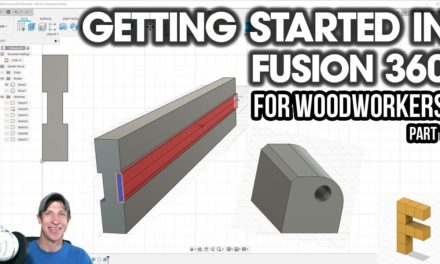

Forming smooth curves was never an easy task in Sketchup at least not for me. A Donut! and my first Blender modelīoth of those models make heavy use of Blender’s many curvature modeling abilities, which is worth learning, and is also another area where Blender really shines over Sketchup. One good one though, is once again from BlenderGuru, and covers modeling a chair. From there I tried to find furniture specific tutorials but the options are slim. He has several tutorials which introduce the program, the interface and tools, in a pretty clear way through the process of making a donut of all things. I started off learning the program by following different Youtube tutorials, and mainly those by BlenderGuru. After seeing the realistic models that people were making with in Blender, coupled with the fact that it’s completely free, with no limits on it’s potential, I decided to give it another shot. However, I did really like the rendering potential offered by the program which was leagues ahead of Sketchup when it comes to making more realistic models for sharing with customers. So my interest also faded with Fusion 360. Fusion 360 rendering of White Oak Shoji Cabinet

My renderings never turned out very realistic, and my understanding was that in order to get better quality renders I’d need to start paying into a points system to use their cloud based rendering capabilities…kind of annoying.
#Design 360 woodworking free#
I was also disappointed with the rendering features of the free version.

I have no doubt that with enough time Fusion 360 could be a fantastic program, but for me at least I just didn’t find it very intuitive and searching for solutions online was often a headache. In other words there is a history recorded for each step you take when using Fusion 360, but going back and making a modification to your model early on in the timeline can potentially break or cause other problems to the model.

More than other design programs I’ve used, Fusion 360 seems to want you to build in a specific order, but that can be pretty tricky when you’re doing more exploratory modelling and want to go back and make changes. And certain aspects of the program never clicked with me. I designed the white oak shoji cabinet using Fusion 360 and it worked alright, but I never really got a good grasp of it. So my interest in Sketchup has been waning, and I now only use it occasionally.įusion 360 is also a decent program with plenty of potential, and there’s also a free version (with limits) that is available for casual users.
#Design 360 woodworking professional#
I was never a daily user of Sketchup so it never made sense for me to pay for the professional version, and the free version has gradually become more and more limited in it’s capabilities. But gradually that has changed and like so many other programs, Sketchup has shifted to a tiered subscription system, with features being limited according to how much you can pay.
#Design 360 woodworking full#
From what I recall the free version gave you access to use the complete program to it’s full potential. At the time it was also completely free and the desktop version was really powerful. I started using Sketchup way back when it was a relatively newish program owned by google. Prior to Blender I primarily used Sketchup, but also delved into Fusion 360 a bit as well. Blender is also not usually the first program that people think of for designing furniture or architecture, and when I first looked into it I assumed that it’s abilities in those areas were limited since most of the people using the program seem to be video game and character designers. My wife was the one who first introduced me to the program a few years ago, and when I first saw it I thought it had potential, but the thought of learning a completely new program felt too daunting, so I put it aside. It’s been a bit over a year since I fully dove into Blender and started using it nearly every day to design furniture.


 0 kommentar(er)
0 kommentar(er)
